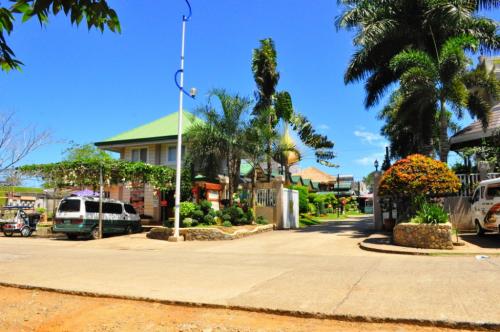
Its original name was Salog or Saro. It has been one of the more economically-advanced areas of Iloilo City even during the Spanish occupation of the Philippines and probably the richest town of the entire colony (1521-1898). Historical artifacts indicate that the town had once conducted trade with China and Siam (Thailand) due to its port along the navigable river that ran through the town. It was also the center of religious and economic power in the Visayas during the Spanish rule of the Philippines. Jaro officially became a city in 1886 until it was later absorbed by the city of Iloilo along with the neighboring towns of Molo, Mandurriao, La Paz and Arevalo in the early 20th century when all economic activities were shifted to the port of Iloilo.
Located between Dungon Creek and the Jaro River, the district of Jaro fulfills the ideal design for establishing communities during that era: a site between two rivers, with a church and plaza in the center, and homes of affluent families in the vicinity. The church is the famous Parish of Our Lady of Candles, also known as the Jaro Metropolitan Cathedral, the headquarters of the Archdiocese of Jaro and the site of a miraculous statue of the Virgin Mary, which was canonically crowned by the late Pope John Paul II during his visit in 1982. The image is the only religious icon in the country to have been personally crowned by a Pope.
Jaro's celebration of the Feast of Nuestra Señora de la Candelaria (Our Lady of the Candles) every February 2 is well-known in the Philippines. The fiesta features pageantry with a fiesta queen from one of the prominent families of the place, and a cockfight at the Iloilo Coliseum, where cockfighting aficionados from all over the Philippines converge.
The district is notable for its large amount of nineteenth century architecture. Jaro is also the hometown of Graciano Lopez Jaena, who along with José Rizal established the ilustrados, a group of Filipino students studying in Spain. Straddling the main plaza is the antique Jaro Catheral and the Palasyo, the Archbishop's residence.
Source: